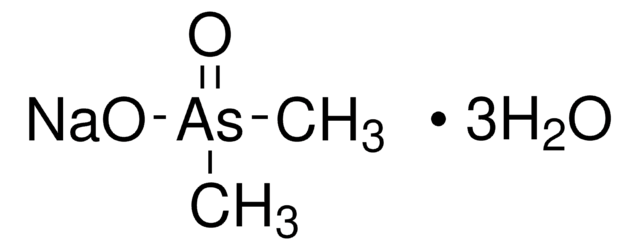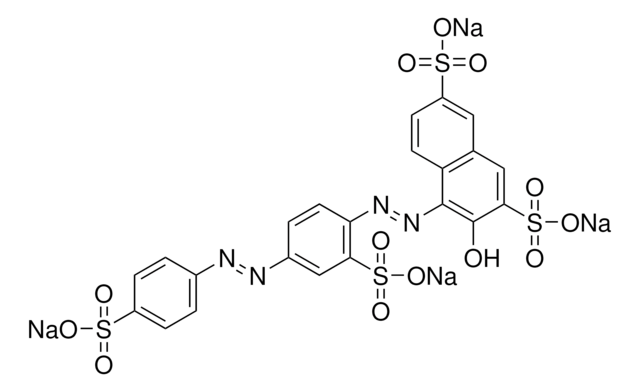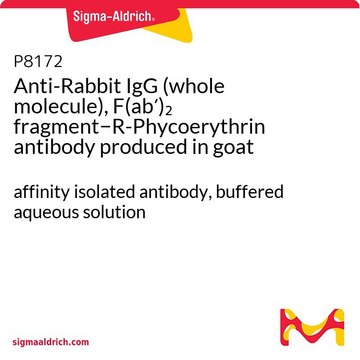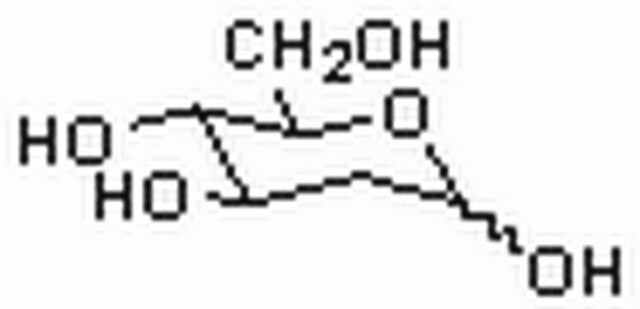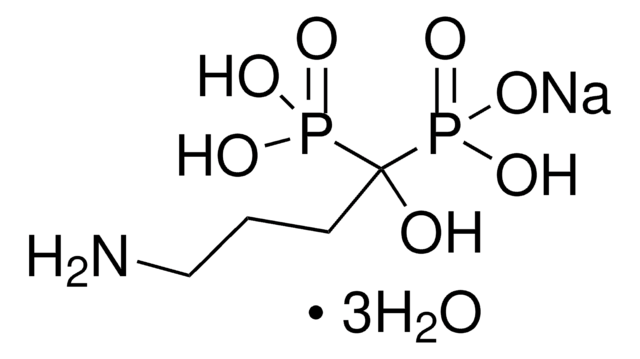X4753
XCT790
≥98% (HPLC), solid
Sinónimos:
3-[4-(2,4-Bis-trifluoromethylbenzyloxy)-3-methoxyphenyl]-2-cyano-N-(5-trifluoromethyl-1,3,4-thiadiazol-2-yl)acrylamide
About This Item
Productos recomendados
Quality Level
assay
≥98% (HPLC)
form
solid
color
yellow
solubility
DMSO: ≥10 mg/mL
storage temp.
2-8°C
SMILES string
COc1cc(ccc1OCc2ccc(cc2C(F)(F)F)C(F)(F)F)\C=C(/C#N)C(=O)Nc3nnc(s3)C(F)(F)F
InChI
1S/C23H13F9N4O3S/c1-38-17-7-11(6-13(9-33)18(37)34-20-36-35-19(40-20)23(30,31)32)2-5-16(17)39-10-12-3-4-14(21(24,25)26)8-15(12)22(27,28)29/h2-8H,10H2,1H3,(H,34,36,37)/b13-6+
InChI key
HQFNFOOGGLSBBT-AWNIVKPZSA-N
Application
- as an estrogen-related receptor (ERR)α inverse agonist in C2C12 myotubes
- as an estrogen-related receptor (ERR)α inverse agonist to elucidate decidualization functionality of ERRα in endometrial embryonic stem cells
- as an autophagy inducer in human neuroblastoma SH-SY5Y and HeLa cell lines.
Biochem/physiol Actions
hcodes
pcodes
Hazard Classifications
Aquatic Chronic 4
Storage Class
11 - Combustible Solids
wgk_germany
WGK 3
flash_point_f
Not applicable
flash_point_c
Not applicable
ppe
Eyeshields, Gloves, type N95 (US)
Elija entre una de las versiones más recientes:
¿Ya tiene este producto?
Encuentre la documentación para los productos que ha comprado recientemente en la Biblioteca de documentos.
Nuestro equipo de científicos tiene experiencia en todas las áreas de investigación: Ciencias de la vida, Ciencia de los materiales, Síntesis química, Cromatografía, Analítica y muchas otras.
Póngase en contacto con el Servicio técnico


